Bosnian Pine, also known as Heldreich’s Pine, is a woody tree species belonging to the Pinaceae family. Native to the mountainous regions of the Balkans, Italy, and Greece, this conifer thrives in high-altitude environments. Its adaptability makes it a popular choice for ornamental use in temperate climates beyond its natural range.
This hardy tree is well-suited for USDA Hardiness Zones 6 to 8, requiring full sun for optimal growth. Known for its resilience and striking appearance, Bosnian Pine is a favored addition to gardens and landscapes where evergreen beauty and low-maintenance characteristics are desired.
| Common name | Bosnian Pine, Heldreich’s Pine |
| Botanical name | Pinus heldreichii |
| Family | Pinaceae |
| Species | heldreichii |
| Origin | Balkans, Italy and Greece |
| Life cycle | Woody |
| Plant type | Tree |
| Hardiness zone | 6, 7, 8 |
| Sunlight | Full Sun |
| Maintenance | Low |
| Soil condition | Clay |
| Drainage | Well-Drained |
| Growth rate | Slow |
| Flower color | Blue |
| Leaf color | Green |
| Flower benefit | Showy |
| Garden style | Nighttime Garden |
| Uses | Lawn |
I. Appearance and Characteristics
Pinus heldreichii (synonym P. leucodermis; family Pinaceae), the Bosnian pine or Heldreich’s pine, is a species of pine native to mountainous areas of the Balkans and southern Italy.
It is an evergreen tree up to 25–35 metres (82–115 feet) in height, and 2 m (6+1⁄2 ft) in trunk diameter.
It is a member of the hard pine group, Pinus subgenus Pinus, with leaves (‘needles’) in fascicles (bundles) of two, with a persistent sheath. They are 4.5–10 centimetres (1+3⁄4–4 inches) long and 1.5–2 millimetres (1⁄16–3⁄32 in) thick. Cones are 5–9 cm (2–3+1⁄2 in) long, with thin, fragile scales; they are dark blue-purple before maturation, turning brown when ripe about 16–18 months after pollination. The 6–7 mm (1⁄4–9⁄32 in) long seeds have a 2–2.5 cm (3⁄4–1 in) wing and are wind-dispersed.
Longevity
A tree in Northern Greece was dated as 1,075 years old in 2016.
What is believed to be the oldest known living tree in Europe has been discovered in a remote mountainous area of the Pollino National Park in southern Italy. It is a Heldreich’s pine estimated at 1,230 years. Much of its core has turned to dust, but there is enough new growth to confirm it is still alive.
A notable specimen in the Pirin Mountains of Bulgaria, known as Baikushev’s pine, is 24 m (79 ft) tall, 2.2 m (7 ft 3 in) in diameter, and is estimated to be over 1300 years old.
P. heldreichii is able to adapt to extreme environmental conditions and is also a great colonizer. It is resistant to sulphur dioxide, hydrogen fluoride, nitrogen dioxide and ozone pollution and is further able to withstand wind, ice and heavy snow. These abilities makes it suitable for reforestation of extensive dry and high-altitude areas. In the south of Italy it is planted because it is less susceptible to pests than other pine species.

II. How to Grow and Care
The species was first described as Pinus heldreichii by the Swiss botanist K. Hermann Christ in honour of Theodor von Heldreich in 1863 from specimens collected on Mount Olympus, and then described a second time as P. leucodermis in 1864; the author of the second description (the Austrian botanist F. Antoine who found it on Orjen above the Bay of Kotor in Montenegro) being unaware of the slightly earlier publication by Christ. Some minor morphological differences have been claimed between the two descriptions (leading to the maintenance of both as separate taxa by a few botanists), but this is not supported by modern studies of the species, which show that both names refer to the same taxon. The discrepancies in the descriptions are largely due to Christ’s cone specimens being immature and shrunken after drying, having been collected in July, four months before maturity.
Sunlight
The bosnian pine can grow in both full sun and partial shade. When placed in a well-ventilated location with sufficient sunlight, the needles will be green and strong. In a hot location with insufficient sunlight, the needles will be weak and will easily turn yellow. Ideally, the plant needs around 5-6 hours of sunlight a day, with good ventilation.
Temperature
The bosnian pine is mostly native to the northern hemisphere and can withstand many challenging environmental conditions. Tolerant of temperatures ranging between -60 to 50 ℃, making it suitable for hardiness zones 11 and below, this is a plant that grows best in well-drained, deep and moist soil.
Watering
Adapted to the variable moisture conditions of its mountainous habitat, bosnian pine has evolved a notable drought tolerance. It thrives with a watering schedule adjusted to once every 1-2 weeks, reflecting its resilience and low-maintenance water needs. Given that bosnian pine is more commonly grown outdoors, it’s essential to consider its evergreen nature when addressing water-related care—ensuring consistent soil moisture is key to supporting its year-round foliage display without over-saturating the roots.
Soil
Bosnian pine can grow in a variety of different soil types, including bare mineral soil, sandy soil, volcanic ash, calcareous soil, limestone soil, and everything from dusty soil to red soil. Since it is resistant to drought, it will even grow in barren landscapes. However, it grows best in loose, fertile, well-drained, and slightly acidic soil. In the case of too much alkalinity, needles of potted plants will turn yellow and fall, so it is best to use natural mountain soil in pots and containers.
Fertilizing
For bosnian pine, use balanced nutrition fertilizers to enhance growth and vigor. Fertilize early spring, with a follow-up in midsummer, applying as per manufacturer’s guidelines, without overfeeding. In dormant seasons, reduce the frequency. Consider slow-release types to provide steady nutrients with less risk of burn or runoff. Ensure even distribution to avoid root concentration. Adjust quantities for mature bosnian pine, as they require less. Always water thoroughly post-fertilization.
Planting Instructions
Bosnian pine is best planted in early spring. Ideally, use healthy and vigorous seedlings with soil balls, as this can greatly improve the survival rate. In the case of many lateral roots, the deep main root can be cut. Otherwise, the root system should be protected to avoid damage.
Plant in a high, dry, well-drained, and well-ventilated place, with loose soil. In low-lying places with accumulated water, or places with sticky soil, try building a platform or changing the soil before planting. The planting pit should be treated with a basal fertilizer before planting. Newly planted large seedlings should be supported to prevent them being blown down by the wind. Before planting, excess branches should be pruned off. Protect the plant’s shape from damage as much as possible, as this will help to restore growth at a later stage.
Ideally, plant indoor potted plants in the spring, and repot every two or three years in the late fall or early spring. Repotting too frequently will lead to the death of the plant. If the plant is growing weakly, find out the cause of this and change the flowerpot soil, or replant in a larger pot.
Cut back on water before repotting, so as to keep the soil slightly dry. Remove the soil ball from the pot, keeping it whole, and then prune away any old roots from the bottom and sides. Remove some of the old soil from the middle of the soil ball, replace with new soil, apply a small amount of basal fertilizer, and then cover the plant with new soil. Ensure a suitable pot size – a deep pot will easily accumulate water, leading to root rot.
Pruning
For an indoor potted plant, any dead, diseased or damaged branches should be removed. You can then adjust the tree’s shape by pruning branches, pinching buds, and trimming leaves, giving you a better ornamental effect. Prune the plant before all of its needles fall off, so as to obtain a compact shape, richer lateral and side branches, and a better form overall. Pruning should be done during the dormancy period, so as to prevent excess loss of sap and damage to the plant’s vigor.
For a plant in a garden, dense lateral branches should be pruned so as to improve the survival rate. Remove excess lateral branches during the vigorous growth period based on needs, focusing on encouraging the trunk to grow tall and straight. Cut off any diseased or dead branches right away, so as to prevent the spread of pathogens.
Propagation
A resilient conifer, bosnian pine is often favored for its picturesque growth habit and adaptability. To propagate bosnian pine, grafting stands out as a practical technique, involving the splicing of a scion from a healthy bosnian pine to a robust rootstock, ensuring genetic uniformity and vigor. For successful grafting, selecting disease-free specimens with compatible characteristics is pivotal to promote fusion and growth. Grafting should be performed under controlled conditions to aid in a smooth union and recovery.
Transplanting
The perfect season to transplant bosnian pine is during late winter to early spring (S3-S5). The tree’s dormancy during this season supports successful transplanting. Choose a sunny to partially shaded location. Be careful not to damage the root ball during the transplant and water generously after transplanting. This ensures bosnian pine’s thriving growth.
III. Uses and Benefits
- Ornamental uses
Bosnian pine is a popular ornamental tree in parks and large gardens, giving reliable, steady, though not fast, growth on a wide range of sites, and with a very neat, conical crown. It is also noted for its very decorative purple cones. The cultivars ‘Smidtii’ and ‘Compact Gem’ have been given the Royal Horticultural Society’s Award of Garden Merit. It is hardy down to at least −45 °C (−49 °F), and tolerant of severe wind exposure. Many in cultivation are still grown under the name Pinus leucodermis or Pinus heldreichii var. leucodermis.
- Other uses
The wood can be used to collect rosin; bark, needles, roots and so on can be comprehensively made into various chemical products; seeds can be extracted for oil.
Find Where to Buy the Best Bosnian Pine (Pinus heldreichii)



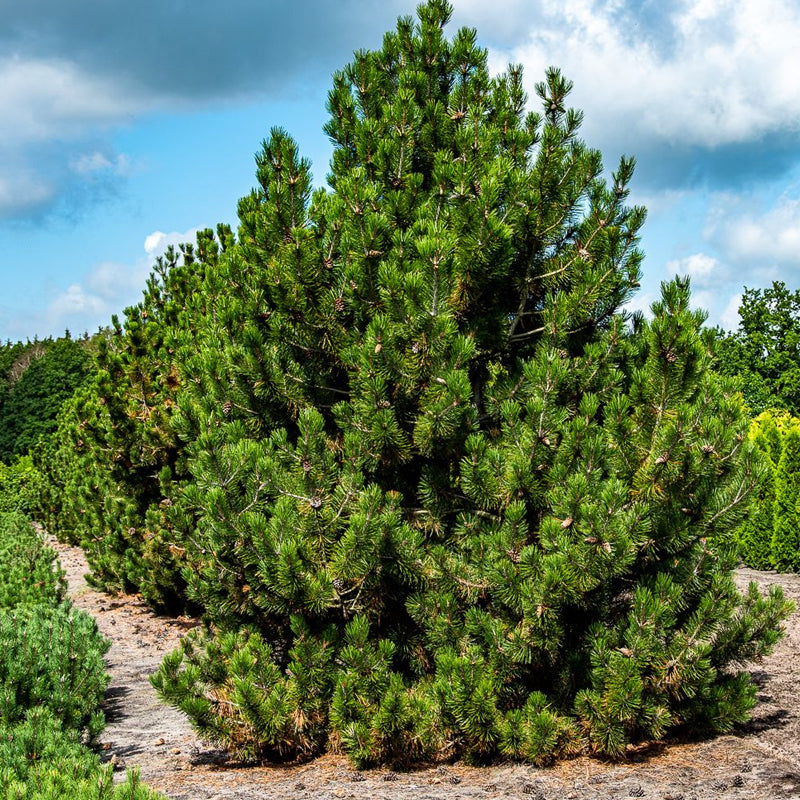




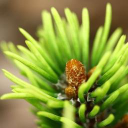
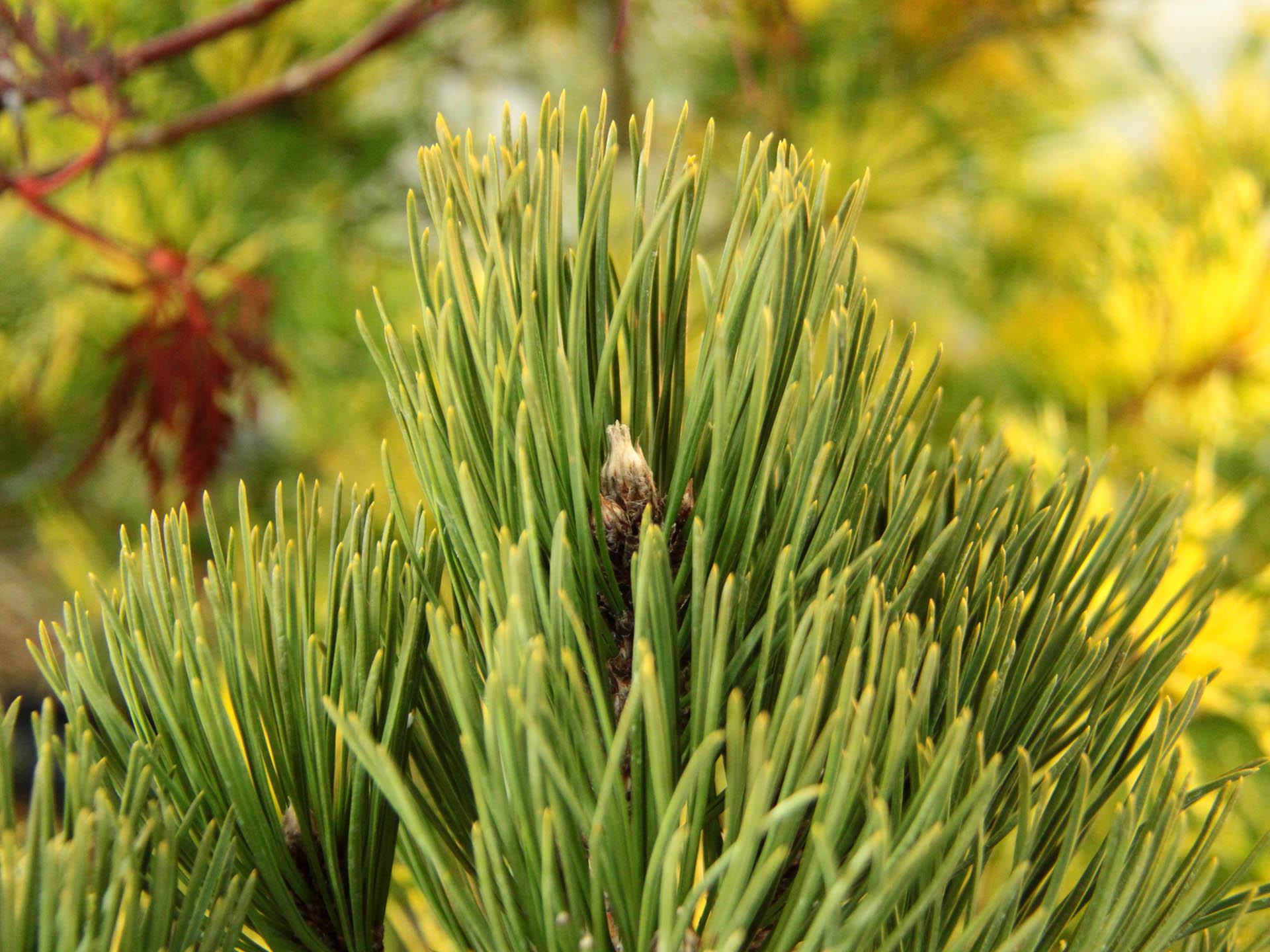
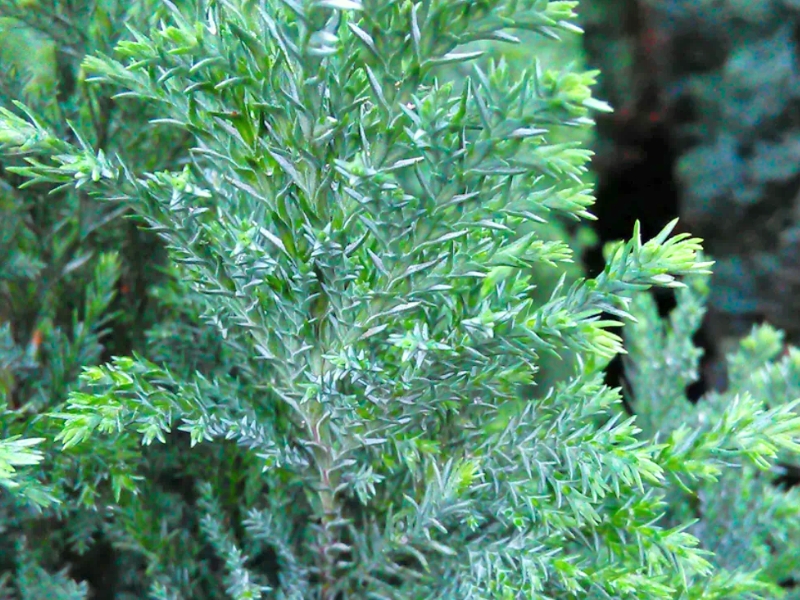

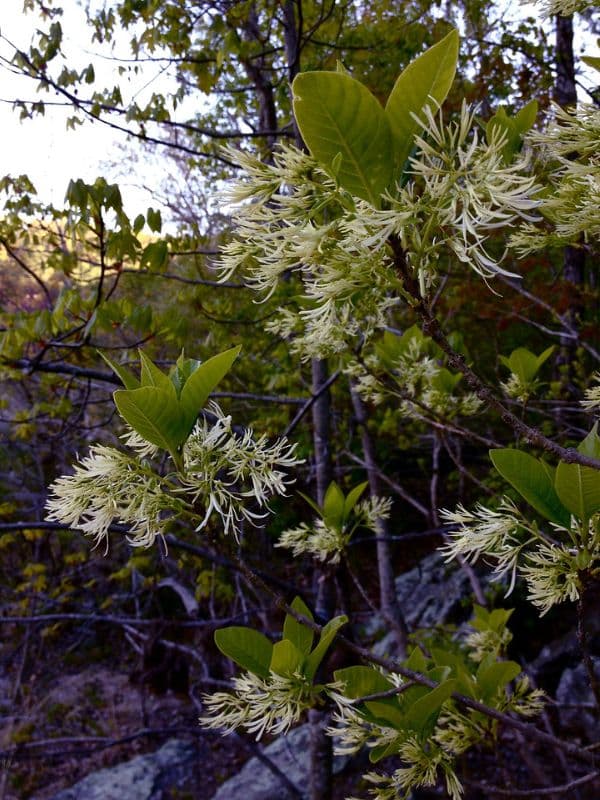
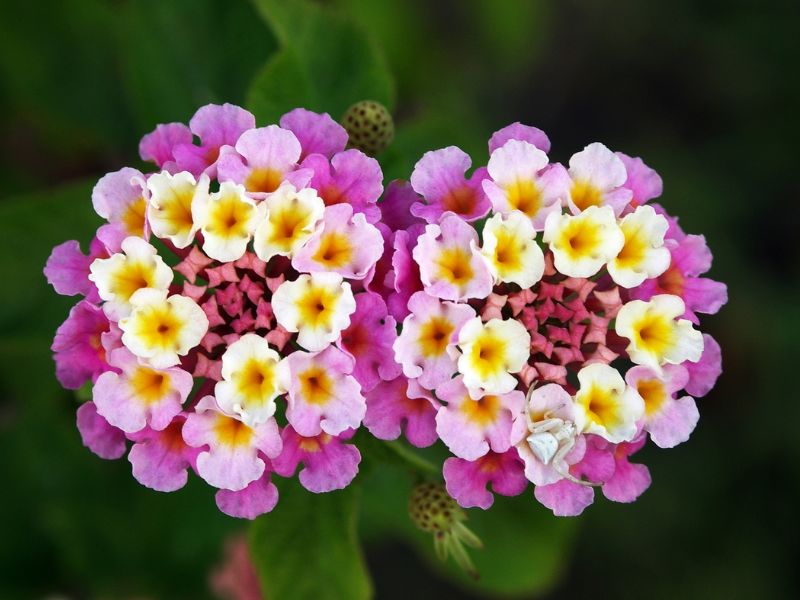
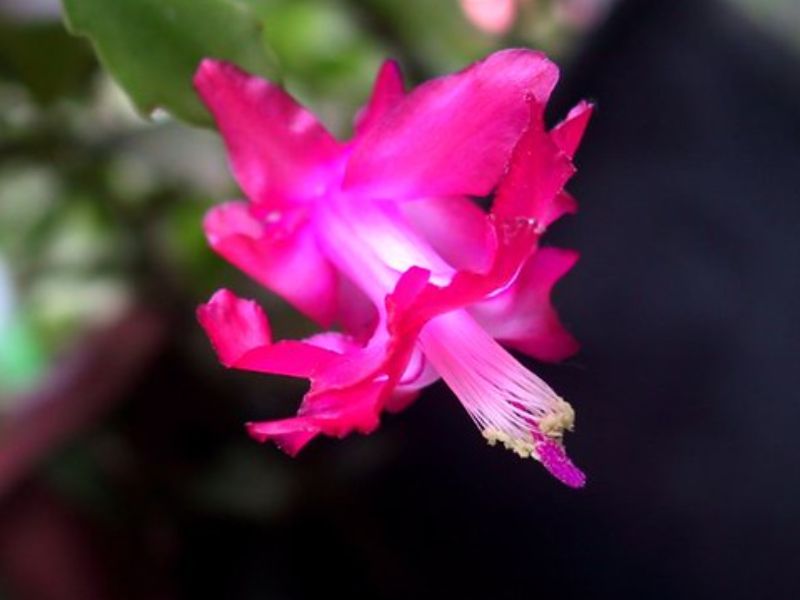
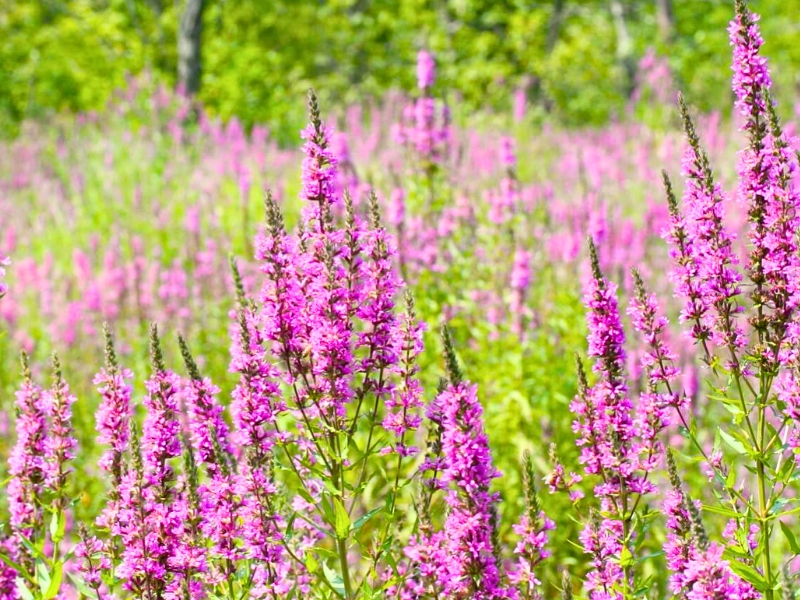
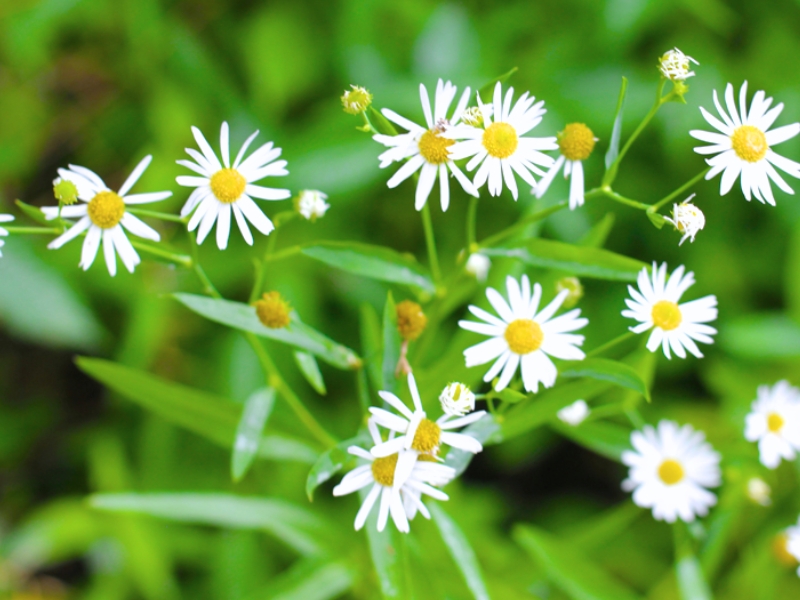
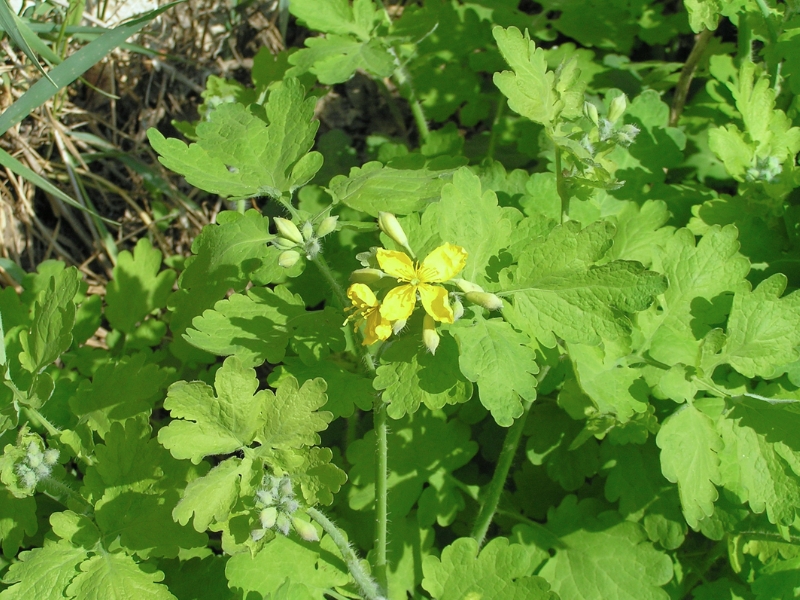
Leave a Reply